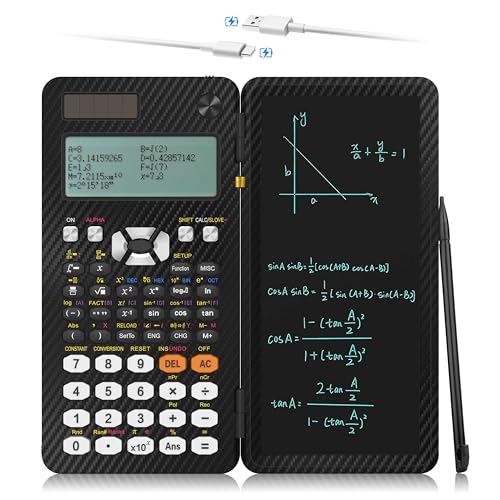roadrunner
Member
- Joined
- Jan 25, 2010
- Messages
- 11
- Reaction score
- 0
A synchronous generator is 3 phase wye connected and rated 1131 kva, 2.4 kv, 0.9 lagging. the output current from the generator at rated full load is most nearly:
Why do you use the formula Sbase = Sq root 3 Vbase Ibase
I just used the S=VI formula and got it wrong. Tad confused
Why do you use the formula Sbase = Sq root 3 Vbase Ibase
I just used the S=VI formula and got it wrong. Tad confused






















